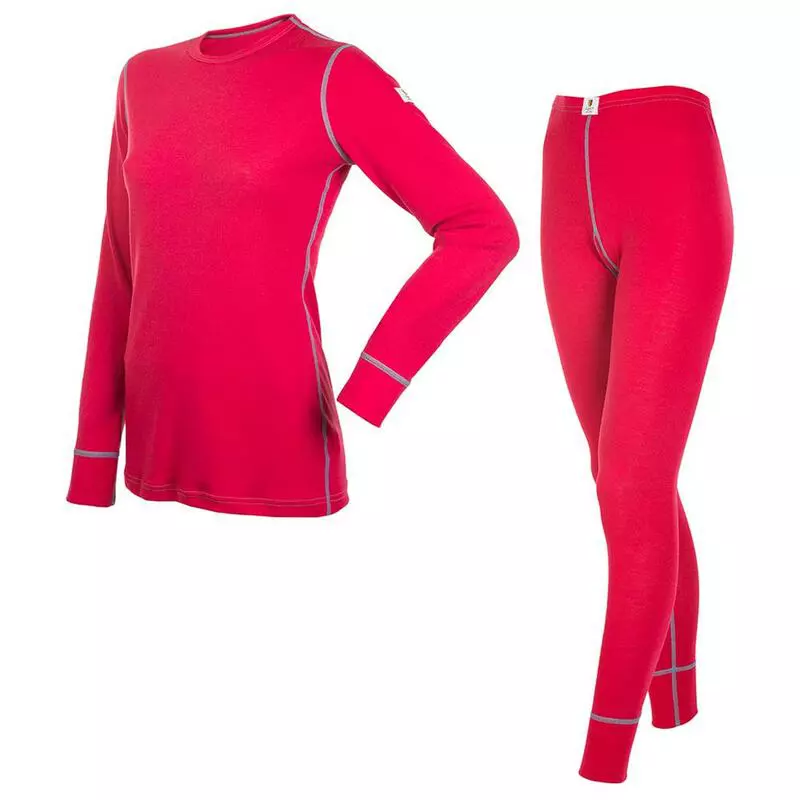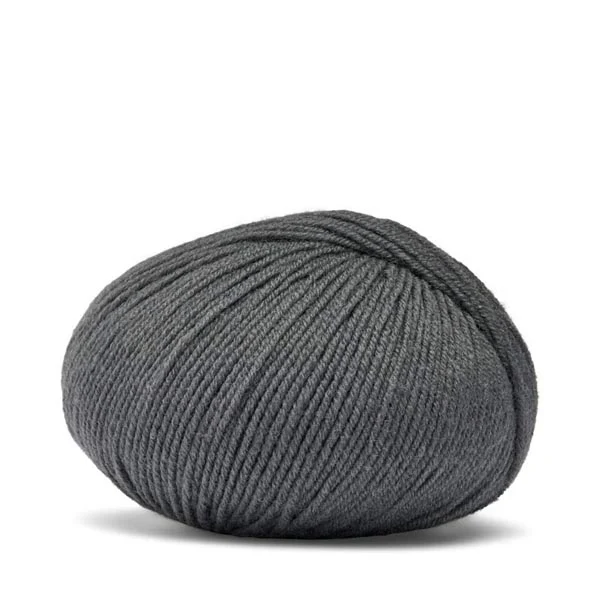New Merino Wool Base Layers Blog
Wiki Article
Why Are Yak Merino Wool Base Layers So Efficient For Winter Sports Clothing In Terms Of Warmth/Temperature Regulation? Moisture Management. Comfort. Durability.
Base layers made of Yak merino wool excel in winter sports clothing due to a blend of factors that enhance the warmth, temperature regulation and moisture management, as well as durability, and comfort. Warmth and Temperature Regulation-
Insulating Properties - Yak and merino both possess natural insulation properties. Yak wool, with its hollow fibers holds air, delivering excellent warmth. Merino, too, is well-known for its insulation.
regulates body temperature- The combined fabric helps maintain body temperature by capturing warmth in cold temperatures and allowing for breathability to prevent excessive heat during intense activity.
Moisture Management-
Merino Wool is a moisture wicking. Merino's moisture wicking properties draw moisture away off the skin dispersing it, preventing sweat accumulation. Yakwool also helps transport water. This helps keep users dry and comfortable when performing intense physical activities.
Comfort-
The softness Merino wool has soft fine fibers. They are supple and do not cause irritation to skin. The addition of soft fibers from yak, referred to as merino wool, improves comfort.
Odor Resistance - Both kinds of wool have antimicrobial properties that reduce the spread and growth of bacteria causing odors. The garment stays fresh.
Durability-
Strength and Resilience Yak wool has a excellent level of durability. When combined with the strength and resilience of merino fibers, the fabric is made to be sturdy and durable.
Natural Fiber Benefits-
Renewability: Yak and Merino are both renewable and biodegradable fibers. They are therefore green.
The natural properties of wool allow them to adapt to varying weather conditions and remain effective even in dry and damp environments.
The combination of merino and yak wool maximizes the advantages of each fabric, resulting in an excellent fabric for offering warmth, regulating temperatures, controlling humidity, providing comfort and is sturdy. The base layer of yak-merino blend is ideal for winter sports clothes. It can be utilized to cater to winter activities outdoors in colder climates and keep the wearer dry and comfortable. Read the top he said for merino wool base layers for site examples including smartwool thermal underwear, smartwool 1 4 zip, best merino base layer, smartwool 250 base layer women's, smartwool merino 250 bottoms, wool thermals womens, smartwool mid layer, long underwear for skiing, merino wool base layer womens, ski base layer mens and more.

What Are Some Of The Advantages That Bamboo Clothing Offers In Regards To Thermal Regulation And Uv Protection?
Regulation of Thermal Regulation-
Insulation - Bamboo fabric has natural thermal regulation properties. It provides warmth and comfort in cold conditions while still remaining breathable. It regulates your body temperature, holding heat during colder weather, and allowing air circulation to prevent overheating.
UV Protection
Bamboo is naturally impervious to harmful UV rayons. It is a great layer of protection against sun damage by blocking an extensive amount of ultraviolet rays.
Biodegradability-
Biodegradable - Bamboo clothing degrades naturally, meaning it doesn't leave toxic residues at the end of their life cycle or cause environmental pollution. This helps reduce waste and the impact on the environment of clothes that are being discarded.
Environmental Impact-
Sustainability - Bamboo as raw material is incredibly durable. It is fast-growing and abundant without the need for pesticides, chemical fertilizers or other chemicals. The impact on the environment is minimized. Its rapid growth rate allows it to be renewable.
Bamboo requires a smaller amount of water than other crops like cotton. This makes it a more efficient use of water. This is a major factor in conservation efforts and decreases the burden on water resources.
Soil Conservation
Soil Health - Bamboo farming does not generally deplete soil's nutrients, nor do they require excessive irrigation. This leads to healthier soils and reduces harmful agricultural practices.
Carbon Sequestration
Carbon Absorption Bamboo plants can absorb more carbon dioxide and release oxygen into the air than many other plants. This ability helps to combat climate change by decreasing carbon emissions.
Bamboo clothing is a fantastic option for those looking to dress in clothes that are durable and functional. These attributes are in line with green practices, which benefit both the wearer as as the natural environment. Follow the most popular bamboo clothings tips for blog info including bamboo cotton t shirts, men bamboo boxer shorts, bamboo sports clothing, bamboo brand jeans, bamboo fiber t shirt, cheapest bamboo pajamas, boody clothing, bamboo apparel, bamboo yoga pants, boody bamboo underwear and more.

What Are The Main Differences Between Merino And Bamboo Clothing?
Merino wool layers, bamboo clothing and regular wool possess distinct characteristics that distinguish them from other wools. Merino Wool-
Merino wool's fine fibers are soft, and it feels good against your skin. It's less likely cause irritation or itch than traditional wool.
Merino Wool is Moisture Wicking. Merino wool wicks moisture from the skin, allowing it to evaporate, and to keep the wearer comfortable and dry.
Merino is natural insulation that offers extraordinary warmth even when wet. It regulates your body's temperature, providing warmth in cold temperatures and breathability when exercising.
Odor resistance: It hinders the growth of odor causing bacteria, and helps keep clothes fresh, even if worn for prolonged periods.
Bamboo Clothing
Softness - Bamboo clothing has a silky soft feel that is frequently compared to cashmere or silk. It's soft on the skin and provides an exquisite experience when wearing.
Bamboo fabric has moisture-wicking properties that help draw away moisture and help keep you dry.
Temperature Regulation- Bamboo clothing has natural temperature-regulating abilities, offering warmth in winter and breathability to prevent overheating.
Sustainability - Bamboo is a very renewable resource, and it grows quickly without the need for fertilizers or pesticides. Bamboo is biodegradable, which means it has minimal environmental impact.
Regular Wool
Texture The texture of traditional wool may differ with some wools being more coarse than others and more likely to trigger itching or discomfort.
Wool is a good insulation material and can be extremely warm, however it may appear too heavy or heavy.
Wool is not as effective as bamboo or merino fabrics in wicking moisture away because it absorbs water. It retains warmth even when it is moist.
In short, merino wool provides a soft, supple feel, great moisture-wicking capabilities, odor protection, and insulation. Bamboo clothing is soft to the touch, moisture-wicking qualities that regulate temperature and is a long-lasting material. Regular wool differs in texture and may not offer the same softness or moisture-wicking capabilities as merino or bamboo, but it provides insulation and warmth. Each material offers distinct benefits, suited to different tastes and needs in winter clothes. Follow the most popular bamboo winter clothing for site advice including merino wool base layer pant, best mid layer skiing, merino wool mid layer, wool mid layer, long underwear for skiing, first lite merino wool base layer, merino wool base layer womens, cheap merino wool base layer, smart wool baselayer, smartwool 250 women's and more.
